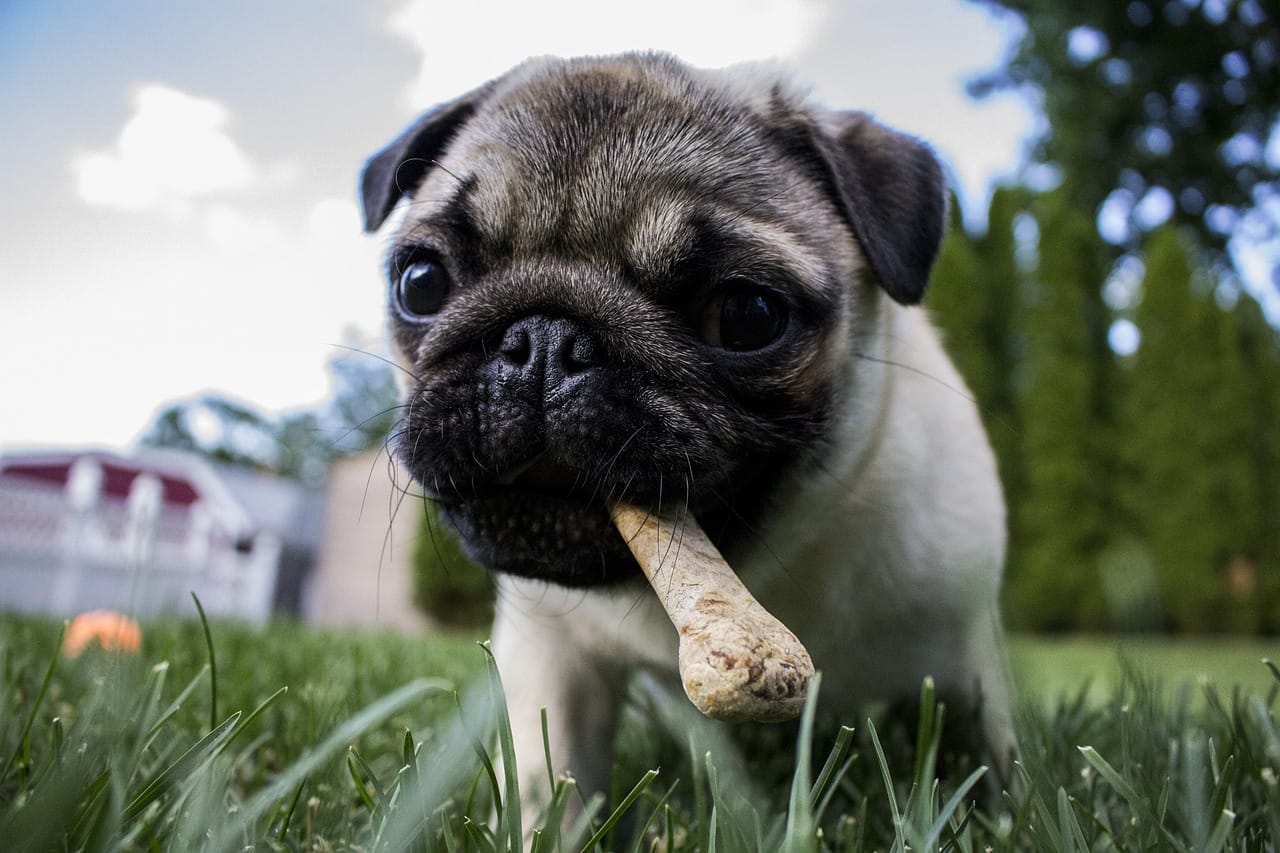
This simple training technique is for friendly but greedy dogs that snatch and grab food rudely and even nip your fingers by mistake. Because this exercise depends on shaping and accurate timing, you need a ‘reward marker.’ Do check out the use of reward markers in dog training before you begin.
I strongly recommend you use a clicker as your reward marker for this exercise. It takes work to mark precisely with your voice. If this is the first time you have been clicker-trained with this dog, you must charge your clicker first.
When you reward the dog following your ‘mark,’ you can drop a treat from the other hand or open your closed fist and let the dog take the treat. I recommend starting with the former and switching to the latter when the dog has learned a little self-control. Let’s see how that works in practice.
Table of Contents
Step one: The closed fist
In this first step, let your dog see you put a tiny treat in your hand and close your fist around it. Now, stretch your arm and place your closed fist before the dog’s nose. Have your clicker ready in your other hand. Don’t open your fist.
Most dogs will now begin to lick and poke at your fist repeatedly; some dogs will paw at your fist, too. You must watch the dog like a hawk and be ready with your marker. At some point, in frustration, the dog will fleetingly stop all this activity and pull away fractionally from your hand. Now is your chance. MARK this moment by pressing the clicker, then drop a treat onto the floor with your clicker hand.
Repeat several times until the dog thinks he only gets a treat when he leaves his fist alone. Before long, the dog will lean away from your fist and wait for your click.
Step two: Increasing the pause
In this step, we take that fleeting pause and build on it. So, you will mark and reward only the slightly longer breaks and start to ignore any delay in less than a few seconds. Put your fist out, count one thousand, two thousand, three thousand, then ‘click’ and treat. Only C&T if the dog remains patient; do not C&T if the dog moves back at your hand again. Build up to about five seconds.
Step three: Opening your fist
Once your dog can wait patiently for several seconds in front of your closed fist, you can begin to open the fist. But not all at once. First, just uncurl your fingers a fraction and then tighten them again. Only C&T if the dog remains patient; if you move towards your fist as you straighten your fingers, make a more minor finger movement next time. Don’t give the dog the treat in your fist yet. Unwrap your fingers, wrap them around the food before you C&T, and feed the dog by dropping food from your other hand. Build up gradually until you can uncurl your fingers and hold your open palm before the dog.
Step four: Feeding from the palm
On the next repetition of the exercise, instead of curling your fingers back around the food, leave your hand open, click with your clicker, and immediately push the palm of your hand up to the dog’s mouth and let him eat the treat from the palm of your hand.
But we don’t want him to think this means next time he can go back to grab the food or that every time food is in front of him, he can take it, so for the following few repetitions, go back to step three, wrapping the food back up in your fist and feeding the dog from the other hand. Then, begin to alternate steps three and four. Each time you provide the dog from your hand, you can add the cue ‘take it.’ Soon, you can cue the dog to take the food without moving your hand towards his mouth, but simply by saying, ‘Take it.’ Should the dog attempt to take the food before you give the cue word, just wrap your fingers back around the food again.
Step five: Feeding from the fingers
Your dog knows he cannot have the treat unless you say, ‘Take it.’ Now, you can try offering him the treat between your finger and thumb. If the dog tries to take it before you give the cue, pop the food back inside your closed fist again.
Spend a day or two at each step, and ‘take it’ and wrap your fist back around the treat. If your dog struggles at these steps, return to the previous one and practice more.
Do you think this technique is helpful? If so, or if you have any questions, drop your comments in the box below.








Comments (3)
Morgensays:
22/08/2023 at 12:07How long should the pauses be in step two of the training technique?
Jennifer Barkersays:
22/08/2023 at 12:151 week is enough
Riversays:
22/09/2023 at 04:08What is the purpose of using a reward marker in dog training?